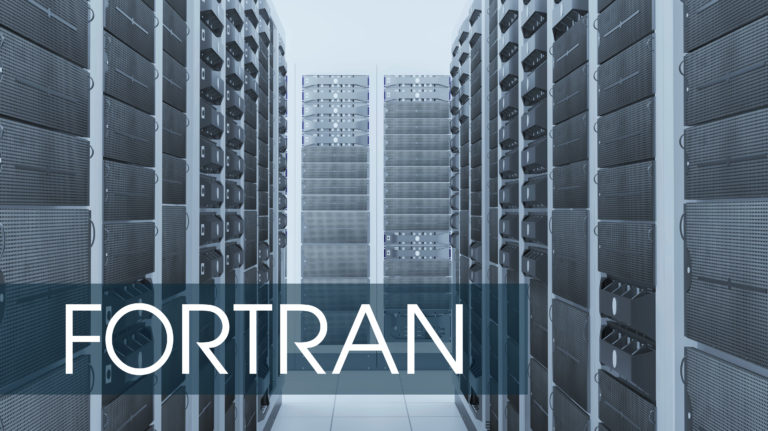
With so many new computer languages available today, a question often asked is, “Why is EFDC+ coded in Fortran language?” This question can be asked of many legacy scientific programs. The fact is that all of the scientific computer languages originated from Fortran. The name itself is derived from FORmula TRANslation. Fortran was released in 1957 and standardized in 1966. It is a dynamic language that has evolved constantly for past six decades, receiving a one or two major updates per decade. It is tailored for efficient run-time execution on a wide variety of processors. For computationally intensive applications in science and engineering, Fortran is still the fastest language available.
In addition to speed, Fortran has other advantages for many scientific and engineering programs. The longevity of the code means that many legacy applications were developed in Fortran. Furthermore, modern Fortran now includes many additional features, such as Open Multi-Processing (OpenMP) and Message Passing Interface (MPI), which can efficiently use Multi-threading and distributed computing. This combination of long-term language support, modern features, and an architecture to support mathematical calculations makes Fortran an obvious choice for most modern software that is based on a legacy model.
EFDC+ is based on the legacy Environmental Protection Agency (EPA) version of EFDC, which was developed in Fortran. DSI has ported the legacy EFDC code to a modern, flexible and fast code. Since the early 2000s, we have converted the code to include many of the powerful new features in the latest Intel Fortran compiler, such as MPI. These updates ensure the EFDC+ will be able to take full advantage of the new hardware and software available to today’s scientific and engineering community. The source code for EFDC+ Ver. 8.5 is available for free to the modeling community at our GitHub site. The source code for the latest version of EFDC+ is available to our professional license holders, upon request.
DSI continuously improves EFDC+ and welcomes contributions from the modeling community.

